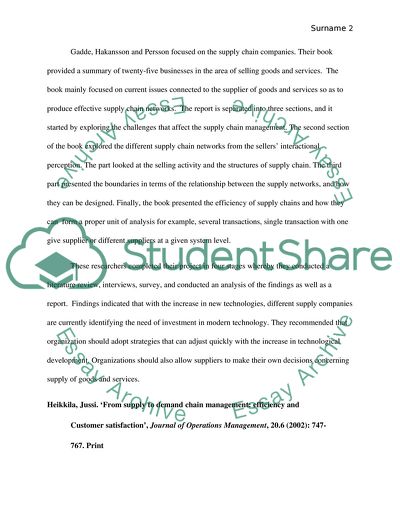Cite this document
(“Major and Career Research Paper Annotated Bibliography”, n.d.)
Retrieved from https://studentshare.org/english/1628981-major-and-career-research-paper
Retrieved from https://studentshare.org/english/1628981-major-and-career-research-paper
(Major and Career Research Paper Annotated Bibliography)
https://studentshare.org/english/1628981-major-and-career-research-paper.
https://studentshare.org/english/1628981-major-and-career-research-paper.
“Major and Career Research Paper Annotated Bibliography”, n.d. https://studentshare.org/english/1628981-major-and-career-research-paper.


